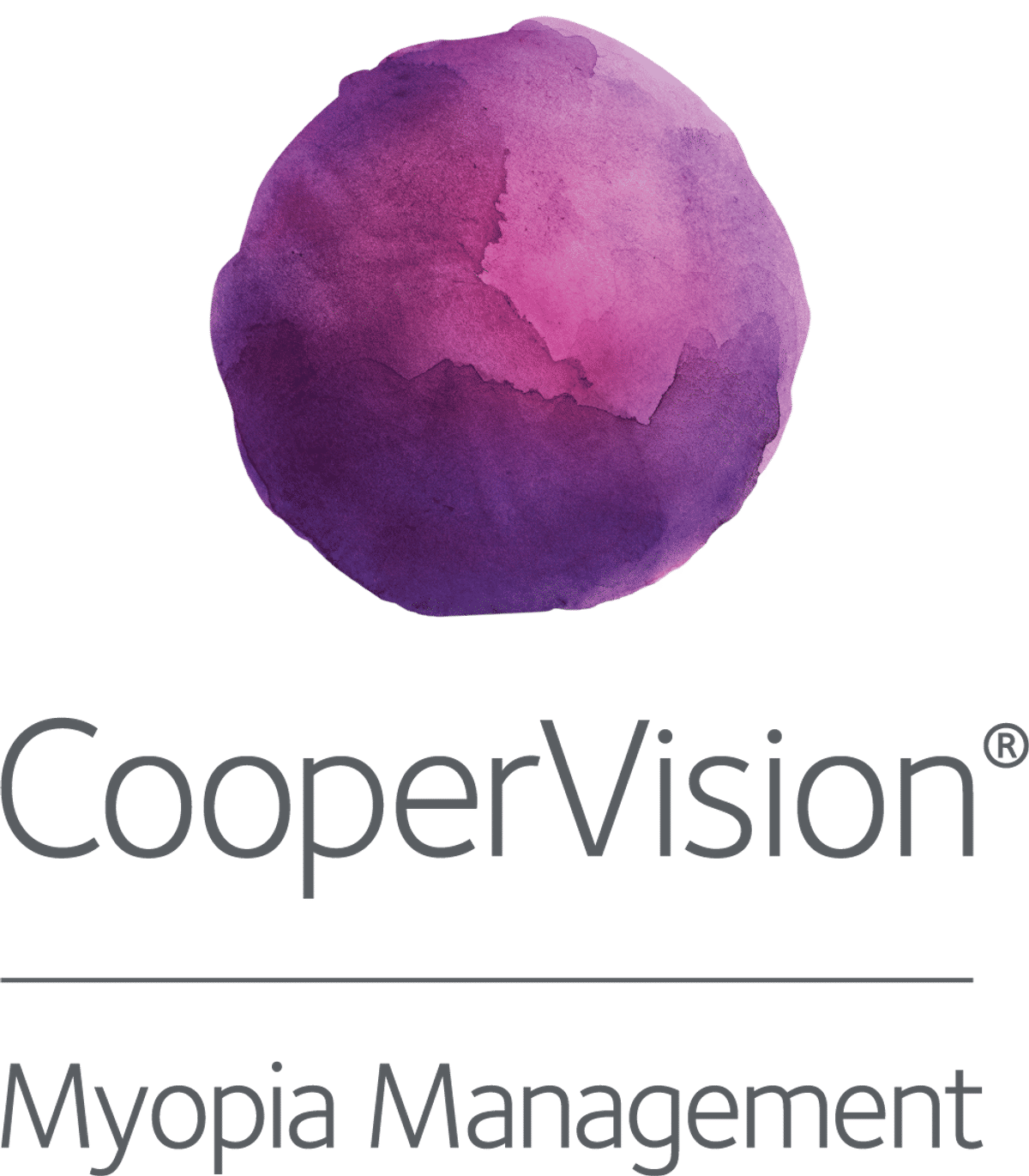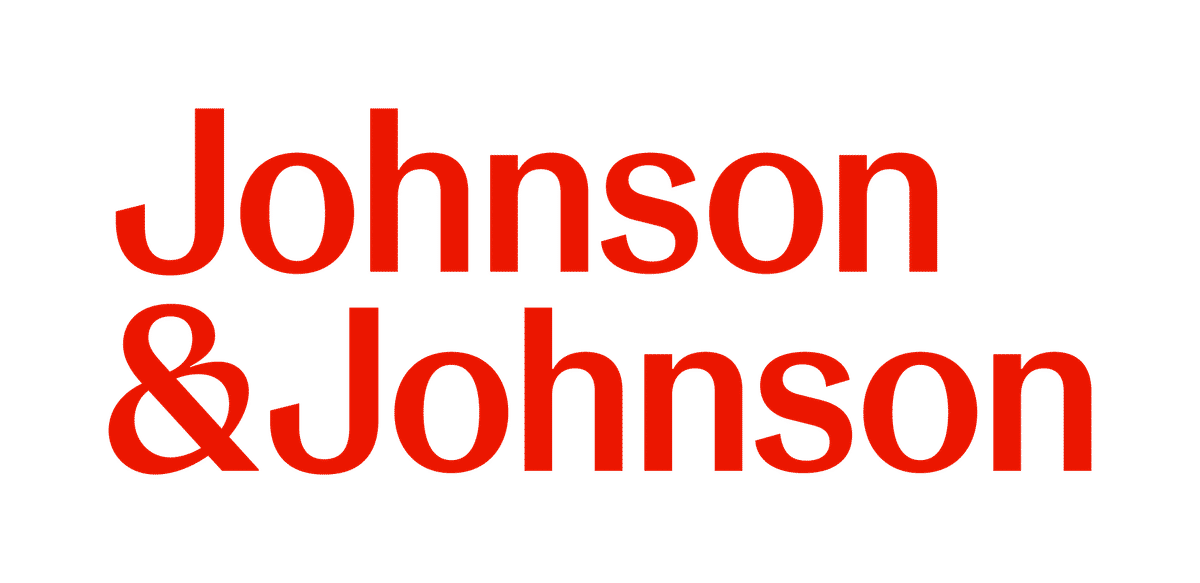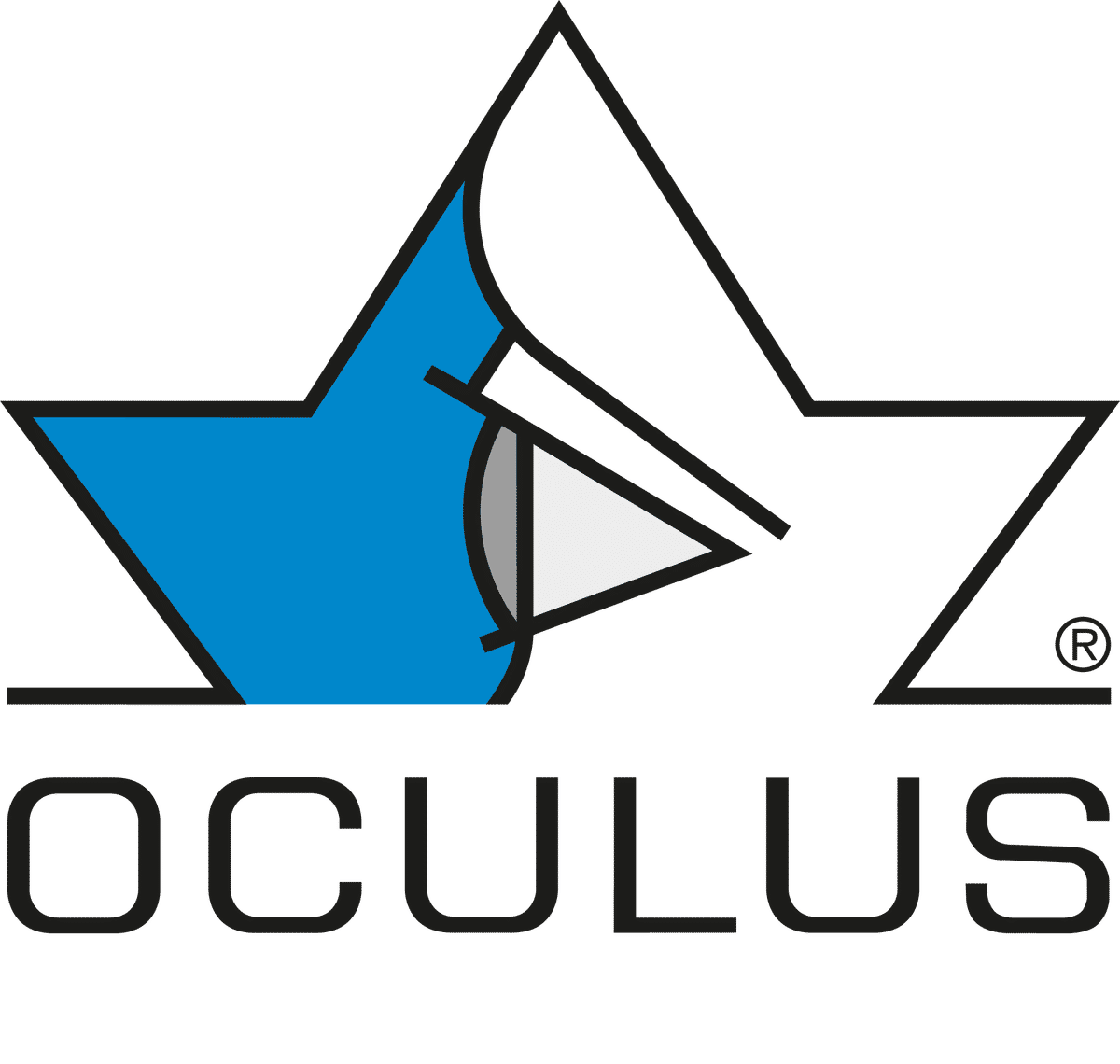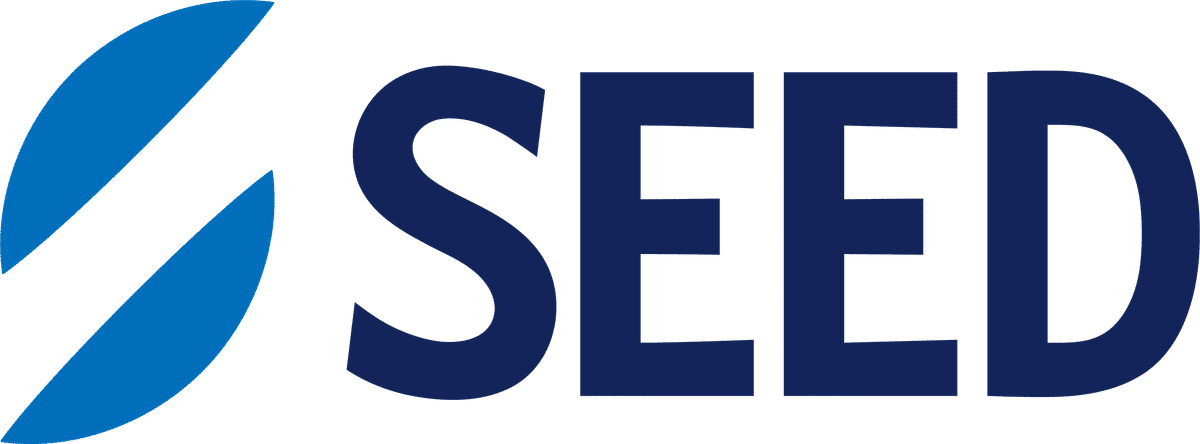Science
Over 40% show axial length stability with EDOF contact lenses

In this article:
This retrospective study evaluated axial length changes in 24 Japanese myopic children wearing extended depth-of-focus (EDOF) contact lenses over 12 months. Axial length appeared to decrease in 20.8% of cases and stabilized in another 20.8%, meaning over 40% experienced no axial elongation. The mean axial elongation across all participants was 0.09 mm, and axial length stability was associated with longer outdoor activity and choroidal thickening.
Paper title: Axial Length Stabilization or Reduction in over 40% of Patients Wearing Extended Depth-of-Focus Contact Lenses
Authors: Hazra D (1,2), Yotsukura E (1,3,4), Oyama S (1), Shigeno Y (1), Mori K (1,3), Takeuchi R (1), Nakajima Y (1), Hanyuda A (1), Ogawa M (1,4), Kurihara T (1,3), Torii H (1,3), Negishi K (1)
- Department of Ophthalmology, Keio University School of Medicine, Tokyo, Japan
- Department of Ophthalmology, Kitasato University Kitasato Institute Hospital, Tokyo, Japan
- Laboratory of Photobiology, Keio University School of Medicine, Tokyo, Japan
- JINS Endowed Research Laboratory for Myopia, Keio University School of Medicine, Tokyo, Japan
Date: Published March 5, 2025
Reference: Hazra D, Yotsukura E, Oyama S, Shigeno Y, Mori K, Takeuchi R, Nakajima Y, Hanyuda A, Ogawa M, Kurihara T, Torii H, Negishi K. Axial Length Stabilization or Reduction in over 40% of Patients Wearing Extended Depth-of-Focus Contact Lenses. J Clin Med. 2025;14(5):1750.
Summary
Extended depth-of-focus (EDOF) contact lenses represent a novel category of multifocal lenses designed to improve global retinal image quality rather than introduce peripheral defocus. Prior studies in Chinese,
This was a retrospective case series involving 24 myopic children in Japan (mean age 13.9 years) who wore daily disposable EDOF lenses (SEED 1dayPure EDOF contact lens, Mid add of +1.50) for 1 year. Participants had a mean baseline spherical equivalent of −6.38 D and axial length of 26.31 mm. Measurements of AL (IOL Master), SE, and CT were taken at baseline and after 12 months. Changes in outdoor activity and near work were also recorded via questionnaire. Key findings were as follows.
- Mean axial elongation over 12 months was 0.09 mm across all participants.
- Axial length appeared to decrease by ≥0.05 mm in 20.8% of participants.
- An additional 20.8% of participants showed axial length stability (change <±0.05 mm).
- Over 40% of children experienced either axial length stability or shortening.
- Choroidal thickness increased in 80% of children whose axial length shortened.
- Time spent outdoors was higher in the axial shortening group (200.6 vs. 126.7 min/day).
- Change in axial length was negatively correlated with change in choroidal thickness (β = –0.46).
- Multiple regression showed baseline age was the only significant factor associated with axial length change.
What does this mean for my practice?
After one year of wear, axial length appeared stable in over 40% of children wearing extended depth-of-focus (EDOF) contact lenses. While the majority of children still exhibited some axial elongation, these findings suggest that EDOF lenses help slow axial growth, with a proportion showing little to no progression over the 12-month period. It is important to note that the mean age (almost 14 years) is higher than most comparative soft contact lens (SCLs) randomized controlled trials, such as EDOF in Indian children (mean age 11 yrs) or dual-focus SCLs in multi-ethnic children (mean age 10 yrs). Since older children progress more slowly, this could be a key contributor to the results found here.
For clinicians, this study highlights EDOF lenses as a potential option for myopia control. The association between greater time spent outdoors and lower axial elongation reinforces the importance of visual environment advice alongside optical intervention. Monitoring changes in choroidal thickness may offer an additional biomarker to guide clinical follow-up, as thickening was observed in many children with stable or seemingly shortened axial length.
The data indicates that these lenses may be a suitable choice for older children or those with higher levels of myopia, as aligns with the participant characteristics of this study. However, they are not available in toric designs and therefore may not be suitable for children with significant astigmatism.
What do we still need to learn?
This study had several important limitations that affect how its findings should be interpreted. First, the retrospective design and absence of a control group mean that causality cannot be established between EDOF lens wear and axial length changes. Without a comparison to untreated children, it is not possible to isolate the specific impact of the EDOF lens design. Second, the sample size was small, with only 24 participants, limiting the generalizability of the findings and the ability to explore subgroup effects with sufficient statistical confidence. Third, the study population was drawn from a single myopia clinic in Japan, which may introduce selection bias.
Abstract
Purpose: Preceding studies have reported the efficacy of multifocal contact lenses (MFCLs) in slowing myopia progression. Recently, a novel type of MFCL, i.e., extended depth-of-focus (EDOF) contact lens (CL), was designed. Here, we retrospectively investigated myopia progression associated with EDOF CL wear.
Methods: Twenty-four consecutive myopic children (24 eyes; mean age, 13.9 years) received EDOF CLs to control myopia progression and participated in the study. We measured the axial length (AL), spherical equivalent (SE), and choroidal thickness (CT) at baseline and after 1 year of lens wear and compared the changes.
Results: The mean baseline AL, SE, and CT were, respectively, 26.31 mm, −6.38 diopter (D), and 235 µm, and at 1 year 26.40 mm (p = 0.03), −6.61 D (p = 0.05), and 244 µm (p = 0.18). The AL decreased in 20.8% of cases (≥−0.05 mm/year), whereas 20.8% and 58.4% of cases had stabilization of the AL or an increased AL (≥+0.05 mm/year), respectively. The patients with a decreased AL engaged in a mean outdoor activity time of 200.6 min/day, the patients with an increased AL (≥+0.05 mm/year) engaged in a mean outdoor activity time of 126.7 min/day. The change in the AL was correlated significantly with the change in the CT (β = −0.46, p < 0.05), and 80% of patients with a shortened AL had increased CT (≥+20 µm/year).
Conclusion: Our data showed that the AL stabilized or decreased in over 40% of myopic patients wearing EDOF CLs.
Meet the Authors:
About Jeanne Saw
Jeanne is a clinical optometrist based in Sydney, Australia. She has worked as a research assistant with leading vision scientists, and has a keen interest in myopia control and professional education.
As Manager, Professional Affairs and Partnerships, Jeanne works closely with Dr Kate Gifford in developing content and strategy across Myopia Profile's platforms, and in working with industry partners. Jeanne also writes for the CLINICAL domain of MyopiaProfile.com, and the My Kids Vision website, our public awareness platform.
References
- Sankaridurg P, Bakaraju RC, Naduvilath TJ, et al. Myopia control with novel central and peripheral plus contact lenses and extended depth of focus contact lenses: 2 year results from a randomised clinical trial. Ophthalmic Physiol Opt. Jul 2019;39(4):294-307. [link]
- Shen EP, Chu HS, Cheng HC, et al. Center-for-Near Extended-Depth-of-Focus Soft Contact Lens for Myopia Control in Children: 1-Year Results of a Randomized Controlled Trial. Ophthalmol Ther. Aug 2022;11(4):1577-1588. [link]
- Manoharan MK, Verkicharla PK. Randomised clinical trial of extended depth of focus lenses for controlling myopia progression: Outcomes from SEED LVPEI Indian Myopia Study. Br J Ophthalmol. Aug 2024;108(9):1292-1298. [link]
Enormous thanks to our visionary sponsors
Myopia Profile’s growth into a world leading platform has been made possible through the support of our visionary sponsors, who share our mission to improve children’s vision care worldwide. Click on their logos to learn about how these companies are innovating and developing resources with us to support you in managing your patients with myopia.












